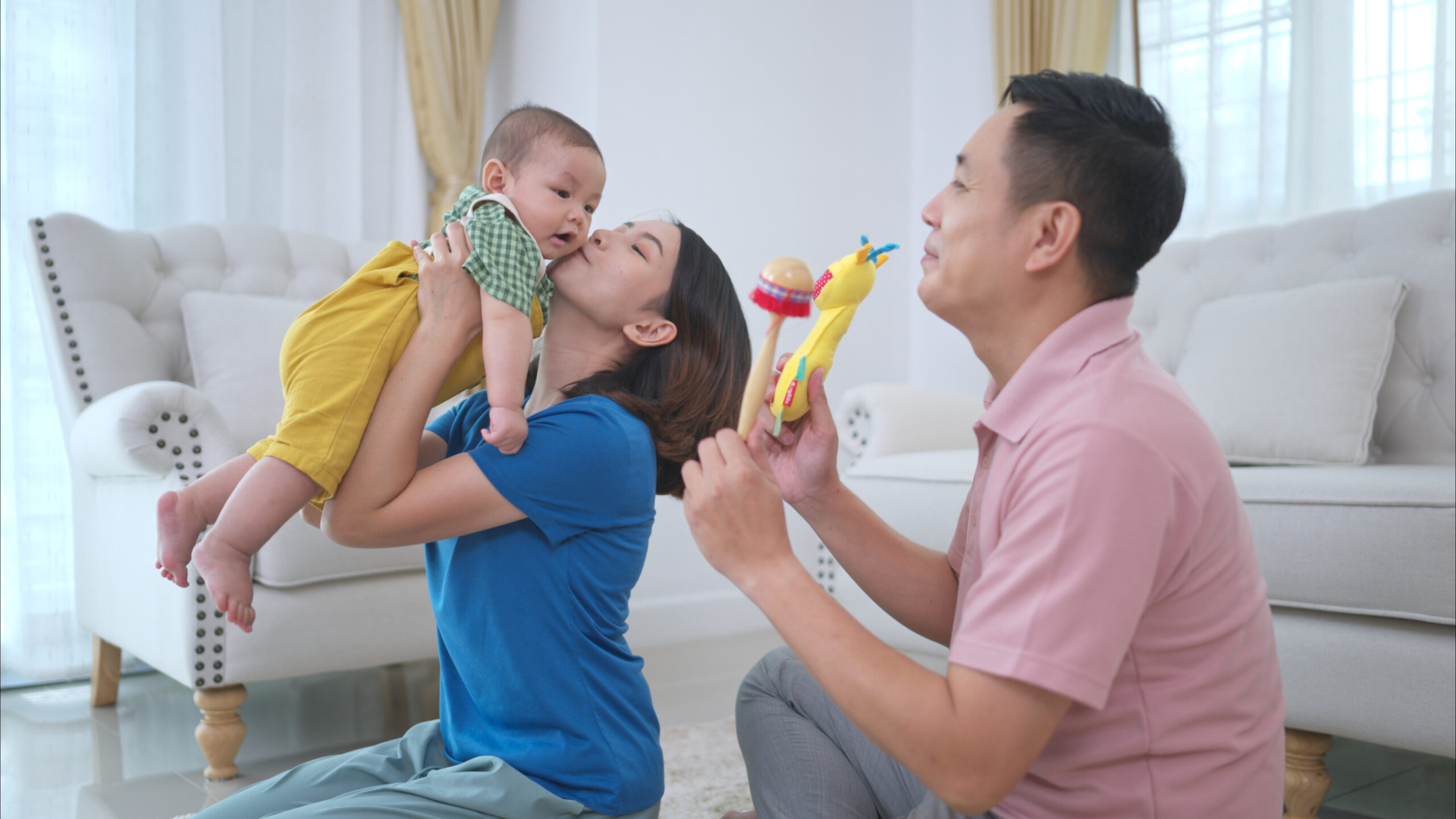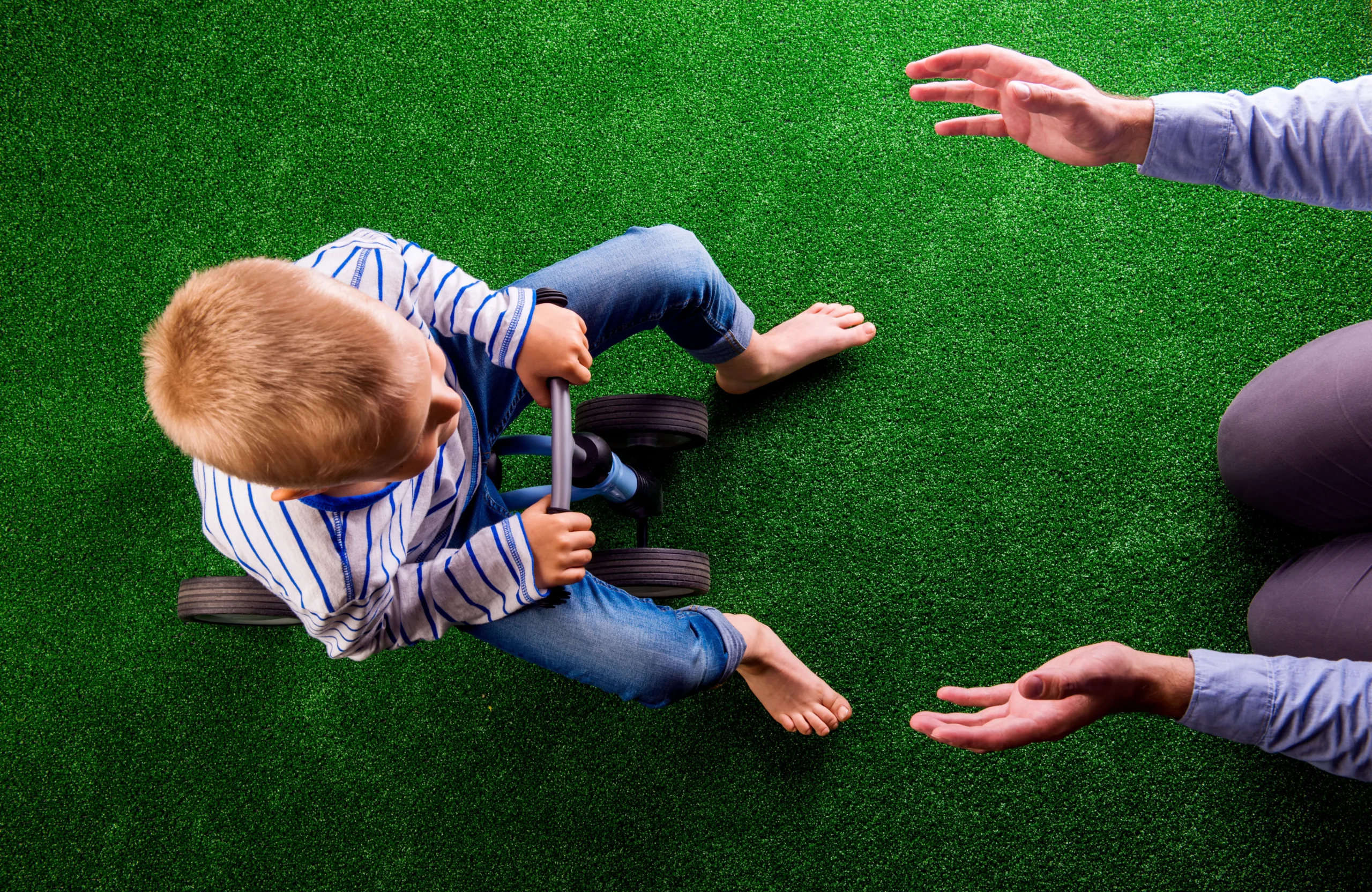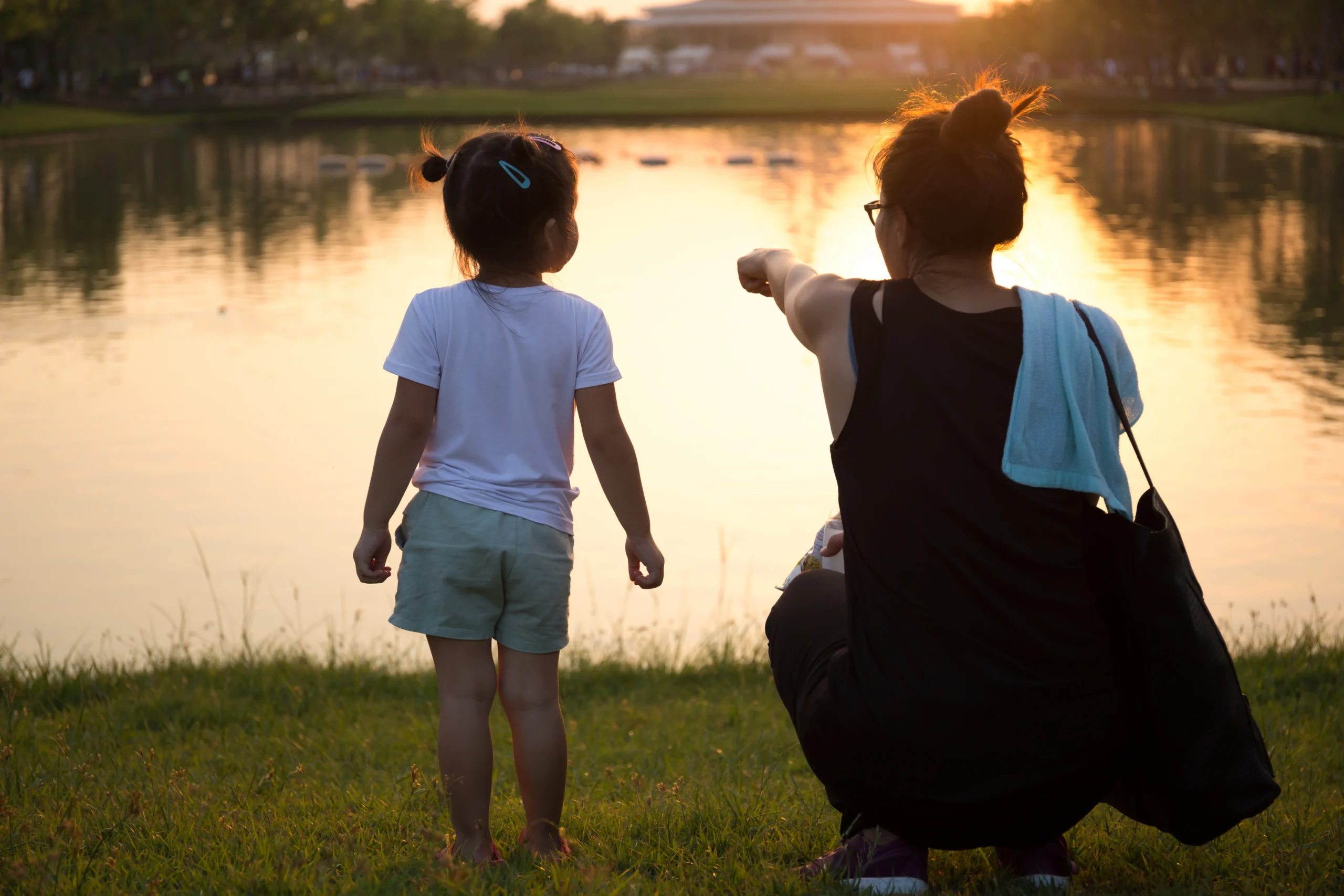“Because I said so.”
For many of us, those words echo in memory—firm, final, and unquestioned. Traditional parenting, rooted in obedience and authority, has long been the go-to model for raising children. But as our understanding of emotional health, communication, and child psychology evolves, so does the way we parent.
Welcome to the world of the conscious parent—a paradigm where empathy, emotional awareness, and presence take center stage.
At Vedangi Brahmbhatt, we guide families toward more connected and intentional parenting practices. This article breaks down the core differences between traditional parenting and conscious parenting, helping you decide what resonates best for your family’s journey.
1. Control vs Connection
Traditional Parenting:
Traditional parenting often operates on a top-down model, where the parent is the authority and the child is expected to obey. Discipline often involves rewards for good behavior and punishments for bad behavior, aiming to manage behavior through external control.
This approach can result in compliance—but sometimes at the cost of emotional expression or internalized shame.
Conscious Parenting:
Conscious parenting shifts the focus from control to connection. Rather than trying to manage a child’s behavior, conscious parents try to understand the emotions beneath the behavior. It’s about addressing the root cause, not just the surface response.
By practicing active listening parenting and tuning into your child’s emotional needs, you create a safe, nurturing space where growth happens through mutual understanding—not fear.
This style of parenting is deeply aligned with mindful parenting, which prioritizes being present and emotionally responsive rather than reactive. Children raised in this environment are more likely to develop emotional regulation skills, fostering long-term mental wellness.
2. Obedience vs Emotional Awareness
Traditional Parenting:
In traditional models, a child’s obedience is often viewed as the benchmark for successful parenting. There is an emphasis on respect for authority, often without the same weight placed on understanding emotions or validating the child’s perspective.
While structure is important, this approach can sometimes suppress a child’s voice, leaving them less equipped to navigate emotions or advocate for themselves.
Conscious Parenting:
The conscious parent believes that emotions are information, not problems. Children are encouraged to express their feelings, ask questions, and participate in conversations about limits and consequences. This doesn’t mean a lack of structure—boundaries still exist, but they’re rooted in compassion and communication.
Using tools from nonviolent communication, parents teach children how to express needs respectfully while also listening to others. This lays a strong foundation for holistic child development, where emotional intelligence and self-regulation are key outcomes.
If you’re co-parenting, embracing conscious co-parenting (like that modeled in Conscious Co-Parenting NJ) ensures that both caregivers support the child’s emotional world consistently—no matter how many households they live in.
3. Behavior Correction vs Inner Growth
Traditional Parenting:
Traditionally, parenting revolves around shaping a child’s behavior to meet social expectations—be polite, don’t talk back, don’t cry in public. Mistakes are often met with consequences, and success is typically measured by external achievement or compliance.
This can create children who are “well-behaved” but who struggle with emotional resilience, self-awareness, or authentic expression.
Conscious Parenting:
In contrast, conscious parenting sees parenting as a mirror. Children reflect our triggers, our fears, and our unmet needs. Rather than correcting them, we pause to explore what’s coming up in us.
By focusing on internal growth and healing, parents model what it means to own mistakes, manage stress, and navigate difficult emotions. This vulnerability invites children to do the same—without fear of rejection or punishment.
That’s why practices like family meetings, which encourage open discussion and shared decision-making, are often used in conscious homes. These conversations model accountability, empathy, and healthy conflict resolution.
And for younger children, even routine toddler activities—like putting on shoes or sharing toys—become opportunities to teach autonomy and emotional literacy using positive discipline strategies for toddlers.
Final Thoughts: It’s Not Either/Or—It’s Evolve and Integrate
Traditional parenting gave many of us structure, values, and safety. But conscious parenting builds on that foundation by weaving in emotional intelligence, empathy, and reflection. It’s not about discarding the old—it’s about evolving into something more complete, more connected, and more human.
You don’t have to get it perfect. Conscious parenting is not about being calm 100% of the time—it’s about being aware, curious, and willing to grow. And at Vedangi Brahmbhatt, we’re here to walk that journey with you.
Parenting Tip:
Before correcting your child’s behavior, try this 3-step pause:
- Breathe
- Ask yourself: “What’s my child feeling right now?”
- Reflect: “What am I feeling right now?”
This brief moment of awareness can turn a power struggle into a breakthrough.
Stay Connected:
For more insights, tools, and heart-led parenting content:
👉 Follow us on Instagram, and YouTube
For the latest news and updates, click here to view our recent press releases.






